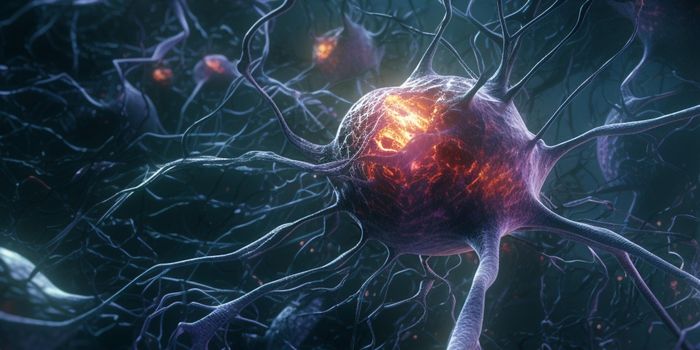Boning Up on the Unique Genetics of the Human Skeletal System
Humans have a distinctive skeleton, and are the only bipedal great apes (the great ape species are bonobos, chimpanzees, gorillas, orangutans, and humans). While the evolution of the human skeleton enabled us to walk upright, it also led to the rise of musculoskeletal disease. It's thought that cognitive development began to accelerate in humans once we started to move around, adapt to new environments, and make use of tools. Researchers have now used advanced computational tools and a trove of human genetic data in the UK Biobank to outline the genetic changes that occurred as primates started to walk upright for the first time.
These findings, which were reported in Science, have suggested that natural selection had a strong influence on the genetic changes that altered our anatomy, and gave early humans an evolutionary leg up.
In this work, artificial intelligence was used to assess over 30,000 full body X-rays contained in the UK Biobank, along with an analysis of human genetic data. The researchers standardized the X-ray assessment so that only high quality images were included, and dozens of features of the skeleton were measured. Genetic data was used to match changes in skeletal measurements, such as the width of the torso or angle of the tibia and femur, to specific parts of the genome. This approach enabled the researchers to identify 145 regions that are associated with skeletal development genes. Many of these regions were previously unknown.
The investigators also revealed genetic variants and skeletal characteristics that are linked to arthritis in the back, knees, and hips, noted co-corresponding study author Tarjinder Singh, PhD, an assistant professor at Columbia University Vagelos College of Physicians and Surgeons.
For example, people who had a hip width-to-height ratio that was different from average were more likely to have osteoarthritis in the hip; people with a tibia-femur angle that was not like the average had an increased risk of knee osteoarthritis; those with higher torso length-to-height ratios were more likely to experience back pain. It may be possible to leverage this new information to find novel ways to treat various types of arthritis.
The work also demonstrated that many of the regions found in this study overlap with parts of the genome that have undergone accelerated rates of evolution compared to other genomic regions in great apes. Not many genes that are involved with the immune system, metabolism, or heart function have been found in accelerated regions.
"What we're seeing is the first genomic evidence that there was selective pressure on genetic variants that affect skeletal proportions, enabling a transition from knuckle-based walking to bipedalism," said co-corresponding study author Vagheesh M. Narasimhan, PhD, assistant professor at the University of Texas at Austin.
Singh is now utilizing this investigative approach to learn more about what influences the development and risk of mental illness.
Sources: Columbia University Irving Medical Center, Science









